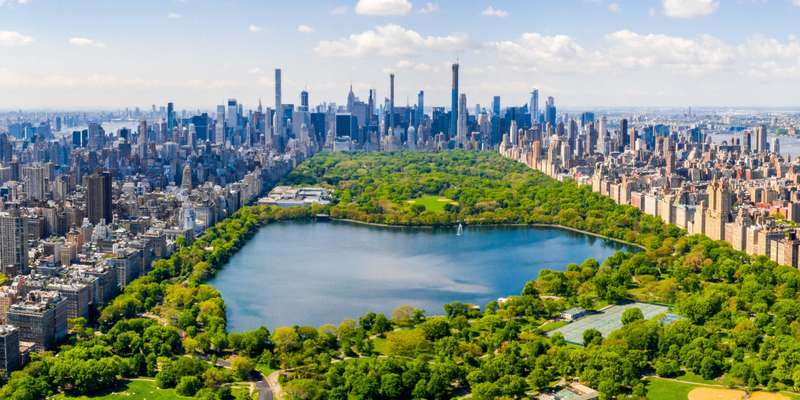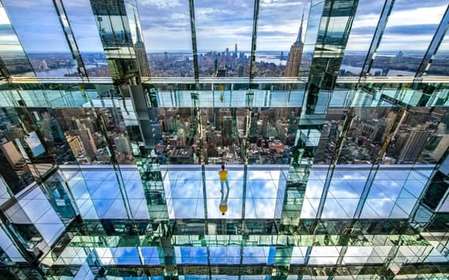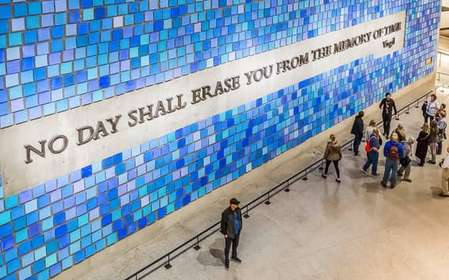- Home
- Useful Tips
- Visiting the Cloisters museum...
Many travelers overlook the Cloisters museum despite its extraordinary collection of medieval art and serene gardens, simply because they don't know what to expect. The uncertainty leads to missed opportunities—nearly 40% of visitors spend less than an hour here, unaware of hidden gems like the 12th-century Fuentidueña Chapel or the blooming medieval herb garden. First-time guests often struggle with timing their visit, not realizing how midday crowds disrupt the tranquil atmosphere this Manhattan sanctuary was designed to create. Others arrive unprepared for the museum's unique layout across multiple reconstructed European cloisters, missing key artworks simply by taking wrong turns. The seasonal variations in garden displays and special exhibitions add another layer of complexity, leaving many visitors feeling they've only scratched the surface of what this Metropolitan Museum of Art branch has to offer.


Navigating the Cloisters' Unique Layout Without Getting Overwhelmed
The Cloisters' architectural design intentionally recreates the winding paths of European monasteries, but this authenticity can disorient first-time visitors. Start your journey in the Romanesque Hall, where the museum provides orientation maps and docents often give impromptu introductions. Pay special attention to the transitions between indoor galleries and outdoor cloisters—these passageways frequently hold underappreciated details like carved capitals or small devotional niches. Many guests miss the Trie Cloister's flowering plants because they rush toward the famous Unicorn Tapestries, but taking this route clockwise ensures you'll see both the garden and the textiles in proper context. The lower level often gets overlooked, yet houses remarkable medieval sculptures and the Campin Room's altarpieces. If mobility is a concern, elevators connect all floors, though some atmospheric staircases are worth the extra steps for their architectural details.
Timing Your Visit for Serene Garden Moments and Art Appreciation
The Cloisters' magic unfolds differently throughout the day, with early mornings offering misty garden vistas and weekdays after 2pm providing quieter gallery experiences. Aim to arrive when doors open at 10am to have the Bonnefont Herb Garden virtually to yourself—the morning light illuminates the medicinal plants medieval monks would have cultivated. Summer weekends bring lively crowds, but visiting during Tuesday matinees lets you enjoy concert-quality medieval music in the Fuentidueña Chapel without jostling for space. Late afternoons in autumn create stunning backlighting for the stained glass in the Gothic Chapel, while winter visits reveal the building's stonework details when deciduous plants are bare. Special exhibitions like the annual 'Plants of the Medieval World' display draw knowledgeable locals, so checking the Met's calendar helps avoid peak interest periods unless you want that energy.
Decoding the Cloisters' Must-See Artworks Beyond the Tapestries
While the Unicorn Tapestries rightfully claim fame, several other masterpieces reward closer inspection. The Mérode Altarpiece's intricate details reveal 15th-century domestic life when examined patiently—bring binoculars to spot hidden symbols in the background. The Nine Heroes Tapestries opposite the unicorns showcase vibrant colors preserved through extraordinary conservation efforts. Don't miss the Burgos Crucifixion's expressive carving near the Trie Cloister, nor the small but exquisite enamelwork in the Treasury gallery. Many visitors overlook the architectural elements themselves as art—the Langon Chapel's limestone columns were shipped stone-by-stone from 12th-century France. For garden art, the medieval plant labels in the Bonnefont Cloister recreate historical typography, while the Cuxa Cloister's central fountain follows precise Romanesque proportions.
Combining Your Visit With Fort Tryon Park's Hidden Delights
The Cloisters' hilltop location within Fort Tryon Park creates opportunities most visitors never explore. Before or after your museum visit, the Heather Garden's winding paths offer Manhattan's best skyline views with interpretive signs about the park's Olmsted Brothers design. Picnic spots near the Linden Terrace provide perfect places to reflect on the art while enjoying snacks—there are few better lunch views in New York. Serious horticulture fans can follow the self-guided tree tour identifying specimens like the rare American smoketree. During summer, free sunset concerts at the park's Billings Lawn make ideal post-museum relaxation. Those with extra energy can walk down to the Little Red Lighthouse via the park's connecting trails, completing a full day of medieval art and nature immersion.



